I've created a UTF8 script for PowerShell with non-ascii characters.
characters.ps1:
Write-Host "ç â ã á à"
When the script is run in PowerShell console, it outputs wrong characters.

However, if I write the chars directly in the console, they are shown as expected:

Does anyone knows what causes that behavior?
The problem arised from a script I wrote who has hardcoded paths which include non-ascii characters. When I try to pass the path as argument to cmdlets (in the case I was gonna robocopy a folder) the command fails because it cannot find the path (which is output wrongly in the screen).